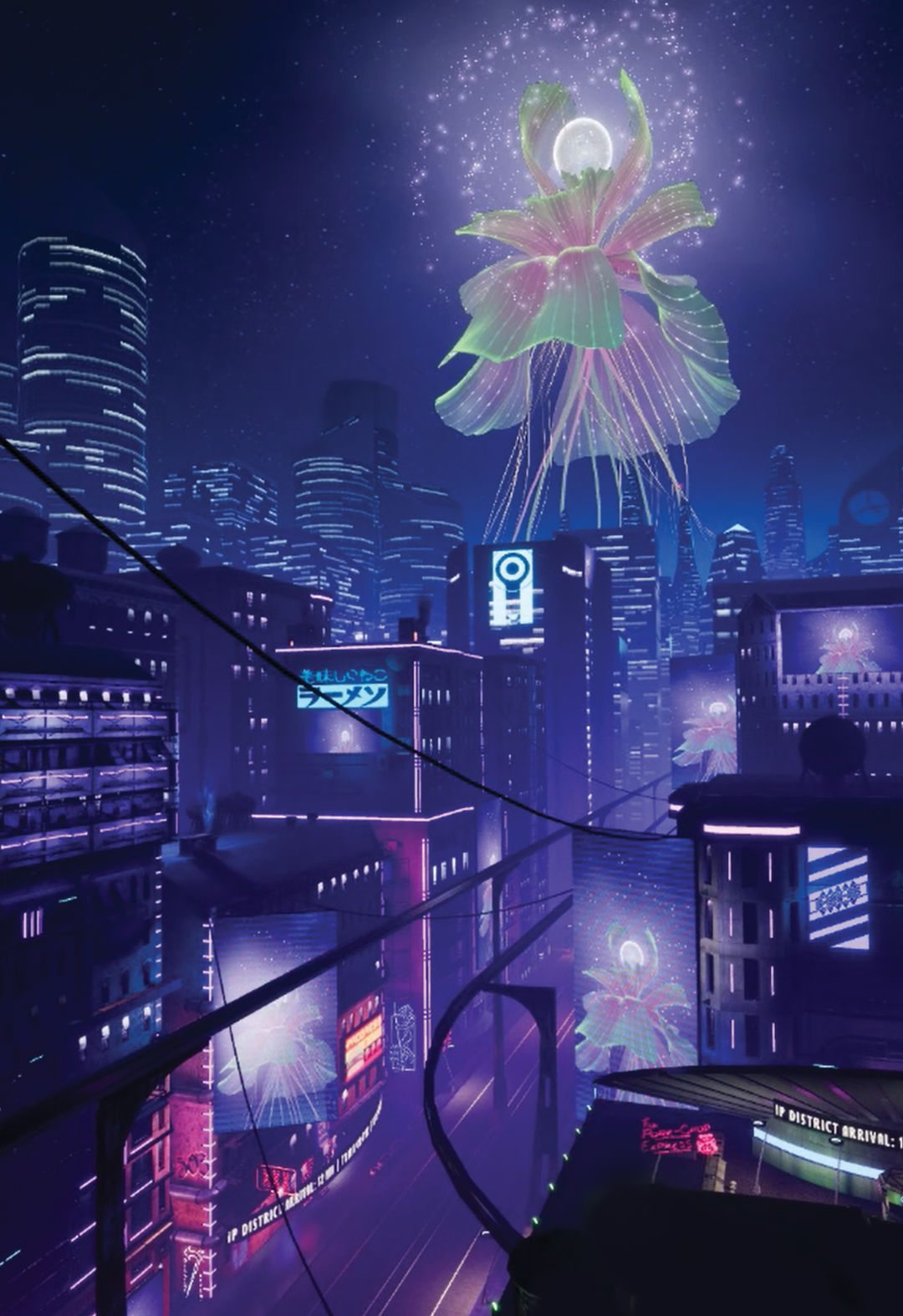An Oregon City Game Designer Builds VR Worlds Worthy of Black Mirror

A still from SuperGenius's VR game Contact.exe
Image: Courtesy SuperGenius
From a barstool in Oregon City, Paul Culp thinks he can see the future of video gaming.
Culp is the founder of SuperGenius, next door, an ambitious video game studio tucked into an unlikely storefront on the town’s blossoming main street. There, 30 SuperGenii construct 3-D models of sharks and Marvel superheroes, and dream up digital re-creations of 1970s New Orleans. For years, SuperGenius has survived at the geographical and financial fringes of gaming’s multibillion dollar industry, building models and scenes for other game studios.
But now, Culp is banking everything on gaming’s flashiest—and most untested—new tech: virtual reality. Later this spring, SuperGenius will unveil a VR storytelling game called Contact.exe, which he likens to being dropped into a Black Mirror episode. The three-episode interactive story will start with alien contact but deal with more human threats, like the encroachment of advertising and technology on privacy. With a focus on writing, visuals, and music (the game is scored by Portland’s Chris Slusarenko, a former member of Guided by Voices), Culp hopes Contact.exe will not only put SuperGenius on the map as a game developer in its own right, but also help establish VR headsets as more than just expensive toys.
“It’s interactive. It’s got a lot of giant big visuals. It’s surreal, like dream logic,” says Culp, clearly excited. “You can see the potential [with VR], but no one’s knocked it out of the park yet.”

Stills of SuperGenius’s work on the 2016 game Mafia III, including a warehouse in New Orleans
Image: Courtesy SuperGenius
Culp, 42, says he doesn’t get pumped as easily as he used to. In his 23-year career, he’s seen how quickly the industry can shift. He cut his teeth as a concept artist for a small game studio in San Francisco in 1995, where he experienced his first failure. A whimsical cartoon adventure game, appropriate for an era that brought forth Link, Donkey Kong, and Mario, arrived just as the Playstation “hardcore,” action-oriented philosophy made it seem out of touch. After bouncing around the industry, Culp landed in Portland where he opened Liquid in 2000, capitalizing on a new niche: the need to fill game design’s increasingly realistic worlds with things: ashtrays, chairs, trees, and cars. The prop building business boomed—for a time.
“Studios realized they could industrialize it like a factory,” Culp says. “And like all good factories, they end up going to China and India, where they could build these giant farms of artists who could do all these things cheaply.”
Culp sold his shares in Liquid in 2003 (the downtown Portland company still makes digital models) and self-reinvented with SuperGenius: not just building individual objects but giving programming help and big-picture design expertise. Now, he’s spent the past year and half bringing Contact.exe to life—a passion project he and his designers work on during downtime between their bread-and-butter work.
Could it flop? Sure, he says. But when asked if VR is just a gimmick, Culp sees parallels to the early internet.
“You couldn’t even talk to CEOs of major tech companies about what a webpage was,” he recalls. “But it wasn’t that many years until everything went into web. The bubble burst, but after that the real work started happening.”




